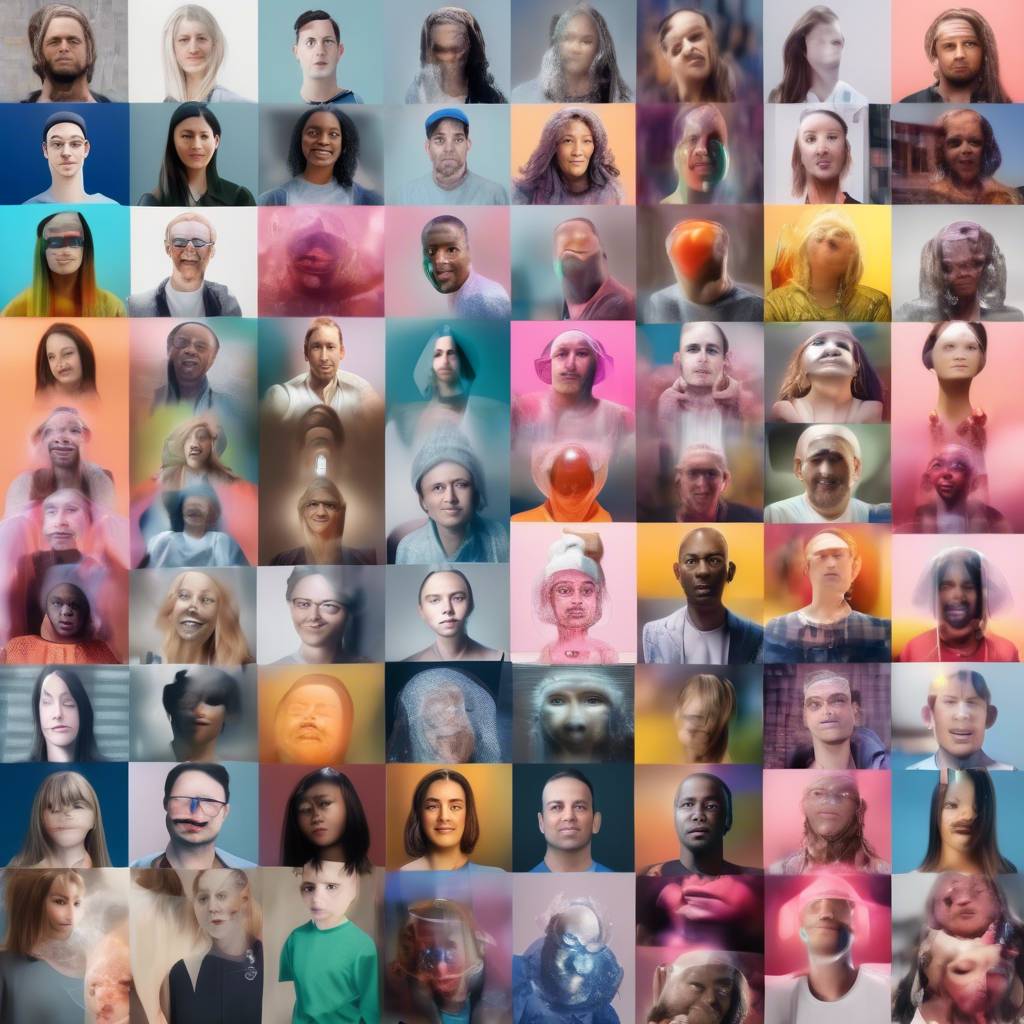OpenAI has announced two new initiatives to increase transparency in online content, particularly in the realm of AI-generated visual creations. The first initiative involves OpenAI joining the Steering Committee of the Coalition for Content Provenance and Authenticity (C2PA), which aims to establish a standard for digital content certification. This initiative will help ensure that users are aware of whether content is artificial or real by listing the creation source in the content coding. The C2PA initiative is crucial in addressing the issue of social apps being inundated with fake AI images that many users mistake as legitimate.
In addition to its involvement in C2PA, OpenAI is also developing new provenance methods to enhance the integrity of digital content. This includes implementing tamper-resistant watermarking and detection classifiers to assess the likelihood that content originated from generative models. These methods aim to make it more difficult for users to edit or manipulate AI-generated images, potentially limiting their misuse. OpenAI is currently testing these approaches with external researchers to determine their effectiveness in enhancing visual transparency, especially in light of the increasing use of AI-generated images and videos.
The ability to detect and verify the authenticity of visual content is becoming increasingly important as AI technology continues to advance and the risk of misinformation and fake content proliferates online. Advanced digital watermarking is essential in combating the gradual distortion of reality in various contexts. While several platforms are exploring similar measures to enhance transparency in visual content, OpenAI’s involvement in the AI space makes its exploration of these initiatives particularly critical.
By participating in initiatives like C2PA and developing new provenance methods, OpenAI is taking proactive steps towards ensuring that users are aware of the authenticity of the content they consume online. The development of tamper-resistant watermarking and detection classifiers represents a significant advancement in enabling greater transparency and authenticity in AI-generated visual content. These measures aim to mitigate the misuse of AI-generated images and videos by making it more challenging for individuals to manipulate or misrepresent digital content.
As the technology behind AI-generated images and videos continues to evolve, there is a growing need for robust safeguards to distinguish between real and artificial content. OpenAI’s commitment to exploring innovative solutions for enhancing visual transparency sets a precedent for other platforms to follow suit in implementing similar measures. The ongoing development and testing of provenance methods by OpenAI and its collaboration with external researchers demonstrate a shared commitment to promoting transparency and authenticity in digital content, ultimately benefiting users by helping them navigate the increasingly complex landscape of online information.









